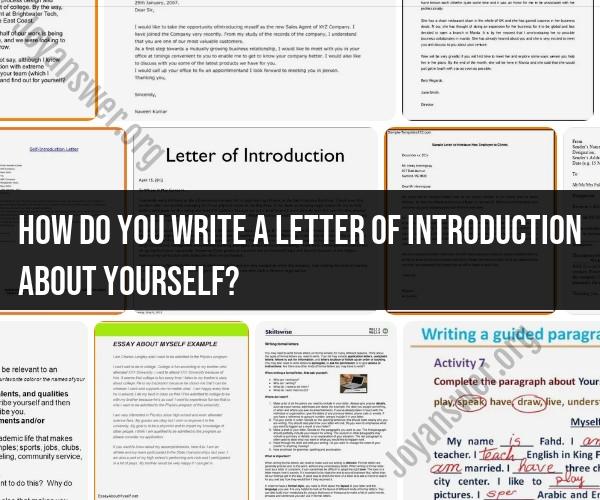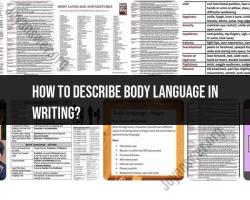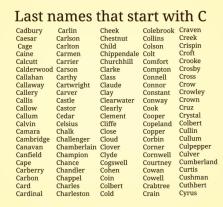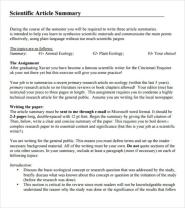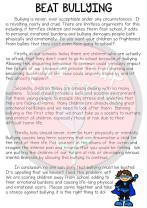How do you write a letter of introduction about yourself?
Writing a letter of introduction about yourself is a useful skill for various situations, such as job applications, networking, or professional introductions. Here's a step-by-step guide on how to craft an effective letter of introduction:
1. Format Your Letter:
- Use a professional and business-appropriate format. Include your contact information at the top, followed by the date and the recipient's name and contact information (if known). If you don't have a specific recipient, use a general salutation like "To Whom It May Concern."
2. Write a Strong Opening:
- Start your letter with a clear and engaging opening sentence. You can mention how you came across the opportunity to introduce yourself or why you're reaching out.
3. Introduce Yourself:
- In the first paragraph, provide a brief and concise introduction of yourself. Mention your name, your current or most recent position, and any relevant credentials or qualifications. For example, "I am [Your Name], a seasoned marketing professional with over [number] years of experience in [industry]."
4. Highlight Your Key Achievements:
- In the following paragraphs, highlight your key achievements, skills, and experiences that are relevant to the purpose of your introduction. Use specific examples to demonstrate your qualifications. Focus on what makes you stand out and how you can add value.
5. State Your Purpose:
- Clearly state the purpose of your letter. Are you seeking a job opportunity, networking, or simply introducing yourself for future collaboration? Be explicit about what you hope to achieve with this introduction.
6. Explain Your Motivation:
- Briefly explain why you are interested in the recipient or the organization. Show that you've done some research and have a genuine interest in the connection.
7. Express Your Enthusiasm:
- Express enthusiasm for the opportunity to introduce yourself and potentially collaborate. This demonstrates your positive attitude and eagerness to engage with the recipient.
8. Call to Action:
- End your letter with a clear call to action. If you're seeking a job opportunity, request an interview or a discussion. If you're networking, suggest a meeting or a coffee chat. Make it easy for the recipient to respond.
9. Express Appreciation:
- Thank the recipient for their time and consideration. Express your gratitude for the opportunity to introduce yourself.
10. Use a Polite Closing:- Use a professional closing, such as "Sincerely," followed by your full name. If you have included your contact information at the top of the letter, you can omit it from the closing.
11. Proofread and Edit:- Before sending your letter, proofread it carefully for grammar, spelling, and punctuation errors. Ensure that your writing is clear, concise, and free of typos.
12. Follow Up:- If you're reaching out for networking or job opportunities, consider following up with the recipient after a reasonable time frame if you don't receive a response.
13. Format and Print (If Necessary):- If you're sending a physical letter, format it properly and print it on professional stationery or plain white paper.
14. Send the Letter:- Send your letter via email or traditional mail, depending on the recipient's preferences and the context.
Remember to tailor your letter of introduction to the specific audience and purpose. Customize the content to make it relevant to the recipient and the situation. A well-crafted letter of introduction can help you make a positive first impression and open doors for future opportunities.
